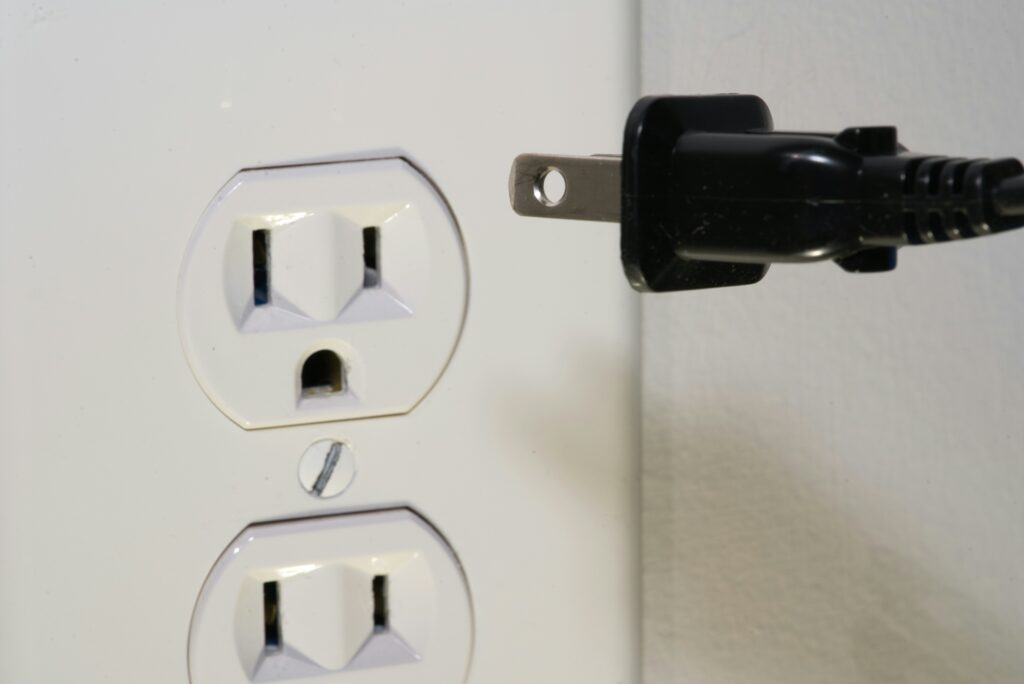Initial Assessment Procedures
When faced with outlet issues, it is crucial to start with an initial assessment to determine the nature and extent of the problem. This assessment serves as a preliminary diagnostic step that can help identify whether a simple fix is possible or if professional intervention is required. The initial evaluation typically involves a thorough inspection of the outlet conditions and a series of checks to confirm the power supply. This step is essential as it lays the groundwork for any further actions that might be necessary, and it helps in avoiding unnecessary expenses or efforts. By systematically assessing the outlet, one can gather valuable information that informs the next steps.
Evaluating Outlet Conditions
The first step in the initial assessment is to evaluate the outlet conditions. This involves a close examination of the outlet to determine any visible signs of damage or wear. The inspection should include checking for any cracks, discoloration, or burn marks on the outlet, as these could be indicators of underlying electrical issues. Additionally, it is important to ensure that the outlet is securely mounted and that there are no loose screws, which could cause a poor connection or even a short circuit.
Another aspect of evaluating outlet conditions is to observe the surrounding area for any signs of water damage or moisture, as this can pose a significant safety hazard. Outlets located in areas prone to moisture, such as kitchens or bathrooms, need to be checked more frequently as they are more susceptible to corrosion and damage. If any signs of water ingress are found, it is imperative to address this issue promptly to prevent further damage or potential electrical hazards.
Confirming Power Supply to the Outlet
Confirming the power supply to the outlet is a critical step in the assessment process. This involves checking whether the outlet is receiving electricity, which can be done using a simple plug-in device or a voltage tester. If the outlet is not delivering power, it may be due to a tripped circuit breaker or a blown fuse, which are common issues that can often be resolved without professional help.
To check the circuit breaker, locate the electrical panel and look for any switches that are in the “off” position or that are not aligned with the rest. Resetting the breaker by flipping it off and then back on can often restore power to the outlet. If the issue is a blown fuse, replacing it with a new one of the same amperage may solve the problem. However, if the outlet still does not function after these checks, it may indicate a more serious issue requiring professional diagnosis.
Noting Any Unusual Sounds or Smells
An important part of the initial assessment is to note any unusual sounds or smells emanating from the outlet. These sensory indicators can provide crucial clues about the nature of the problem. For instance, a buzzing or crackling sound may suggest a loose connection or a wiring issue, while a burning smell is a serious warning sign of overheating or an electrical short.
If any unusual sounds or smells are detected, it is advisable to cease using the outlet immediately and to disconnect any devices plugged into it. Continuing to use an outlet that exhibits these signs can increase the risk of electrical fires or further damage. Documenting these observations is also helpful if professional assistance is required, as it provides the electrician with important information to diagnose the issue more accurately.
Essential Tools and Equipment
Having the right tools and equipment is essential when addressing outlet issues. These tools not only aid in diagnosing the problem but also enable one to undertake minor repairs safely and efficiently. Understanding how to use these tools and having them readily available can make a significant difference in resolving outlet problems promptly. Essential tools for dealing with outlet issues include a multimeter, a circuit tester, and basic repair tools such as screwdrivers and pliers.
Utilizing a Multimeter for Voltage Testing
A multimeter is an invaluable tool for testing voltage and diagnosing electrical issues. It allows for precise measurement of the electrical output of an outlet, helping to confirm whether the outlet is functioning correctly. To use a multimeter for voltage testing, set it to the AC voltage setting, and insert the probes into the outlet slots. The multimeter will display the voltage level, which should typically be around 120 volts for standard household outlets.
If the multimeter indicates no voltage or a significantly lower voltage, it suggests a problem with the outlet or the circuit. A multimeter can also help identify issues such as an open circuit or a reverse polarity, which can cause devices to malfunction. By using a multimeter, one can gather detailed information about the electrical status of the outlet, making it easier to pinpoint the issue and decide on the appropriate course of action.
Employing a Circuit Tester for Continuity Checks
A circuit tester is another crucial tool for diagnosing outlet issues. It is primarily used to check the continuity of the electrical circuit, ensuring that there are no breaks or faults. To employ a circuit tester, insert it into the outlet, and observe the indicator lights. These lights will provide information about the circuit’s status, such as whether it is open, closed, or if there is a fault like a ground fault or a short circuit.
Continuity checks are essential in identifying issues that are not immediately apparent, such as internal wiring problems or faulty connections. By using a circuit tester, one can determine whether the outlet is part of a larger issue affecting the entire circuit. This information is vital for deciding whether a simple repair will suffice or if a more comprehensive inspection by a professional electrician is necessary.
Keeping Basic Repair Tools Handy
In addition to diagnostic tools, keeping basic repair tools handy is important for addressing minor outlet issues. Tools such as screwdrivers, pliers, and wire strippers are essential for performing simple repairs like tightening loose connections or replacing outlet covers. A screwdriver set with different head types is particularly useful for dealing with various outlet screws and fixtures.
Having these tools readily available enables quick responses to minor issues, potentially preventing them from escalating into more significant problems. For example, a loose screw causing poor contact can be easily fixed with a screwdriver, restoring the outlet’s functionality without the need for professional intervention. However, while having these tools is beneficial, it is crucial to remember that more complex repairs should be left to licensed electricians to ensure safety and compliance with electrical codes.
Identifying Potential DIY Fixes
Once the initial assessment and diagnostic checks are complete, identifying potential DIY fixes is the next step. Some outlet issues can be resolved through simple repairs and maintenance tasks that do not require professional expertise. However, it is important to approach DIY fixes with caution, ensuring that safety is prioritized at all times. Common DIY fixes include tightening loose connections, replacing faulty outlet covers, and resetting Ground Fault Circuit Interrupters (GFCI).
Tightening Loose Connections
Loose connections are a common issue with outlets and can cause intermittent power supply or create a potential safety hazard. Over time, the screws that hold the wires in place can become loose due to vibrations or regular use. Tightening these connections can often resolve power issues and restore the outlet to proper working order. To tighten loose connections, first ensure that the power to the outlet is turned off at the circuit breaker.
Once the power is off, remove the outlet cover and gently pull the outlet from the wall to access the wiring. Using a screwdriver, tighten the screws that secure the wires to the outlet. It is important to ensure that the wires are properly positioned and securely fastened to prevent future issues. After tightening the connections, carefully reassemble the outlet and restore power. This simple fix can significantly improve the outlet’s performance and reduce the risk of electrical hazards.


